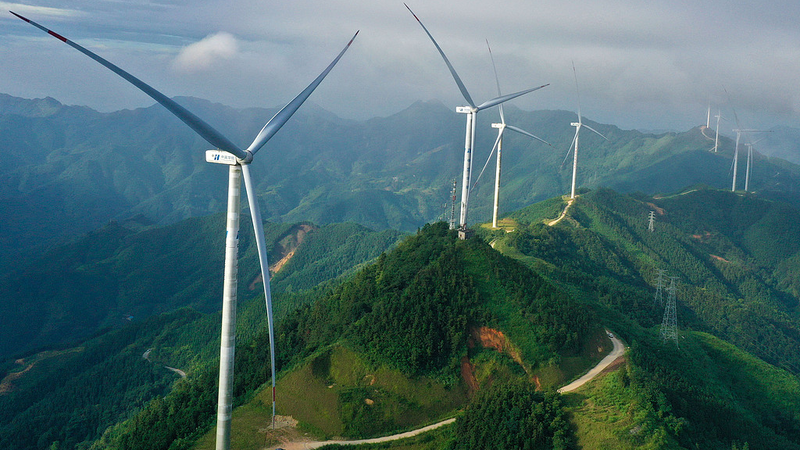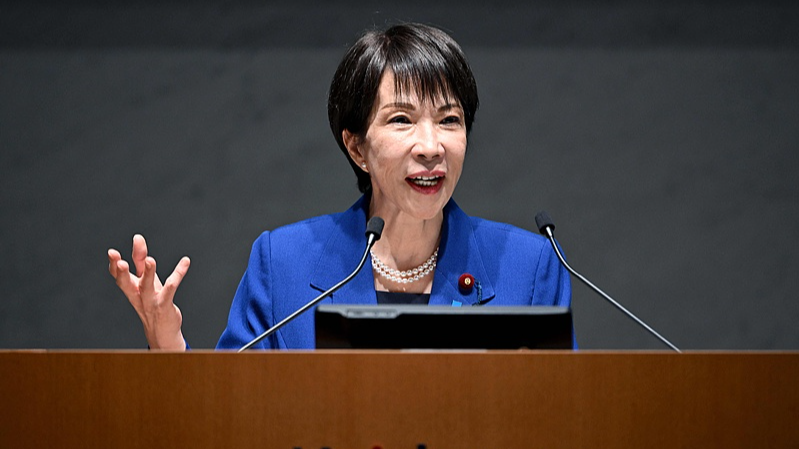A Clear Chain from Promise to Practice
When Chinese President Xi Jinping laid out goals to peak carbon emissions before 2030 and reach carbon neutrality by 2060, he set more than a vision—he launched a nationwide mission. Through the “1+N” policy framework, the Chinese mainland has mapped sector-specific steps that tie local action to national ambition.
Market Mechanisms Driving Decarbonization
The national Emissions Trading System (ETS), launched in 2021, has become one of the world’s largest carbon markets. Covering key industries like power generation, it assigns a clear cost to emissions and creates powerful incentives for companies to adopt cleaner practices.
Scaling Clean Tech at “China Price”
Industrial policies have turned solar panels, wind turbines and electric vehicle batteries into global commodities. With wind and solar capacity set to top 3,600 GW and non-fossil fuels projected to exceed 30% of total energy consumption by 2035, clean energy is both widespread and affordable.
Global Partnerships and South-South Cooperation
From greening the Belt and Road Initiative (BRI) to South-South collaborations, China has evolved from aid recipient to climate finance leader. By sharing technology, funding and expertise, it helps developing nations strengthen resilience and cut emissions.
As the world prepares for the next climate summit, China’s practice-oriented model—blending clear targets, market tools and international cooperation—offers a tangible blueprint for all nations. The next step? Staying “focused on the right direction, unwavering in confidence and unremitting in action,” as President Xi put it, to drive the global shift toward a low-carbon future.
Reference(s):
Beyond pledges: China's climate action is a blueprint for the world
cgtn.com


